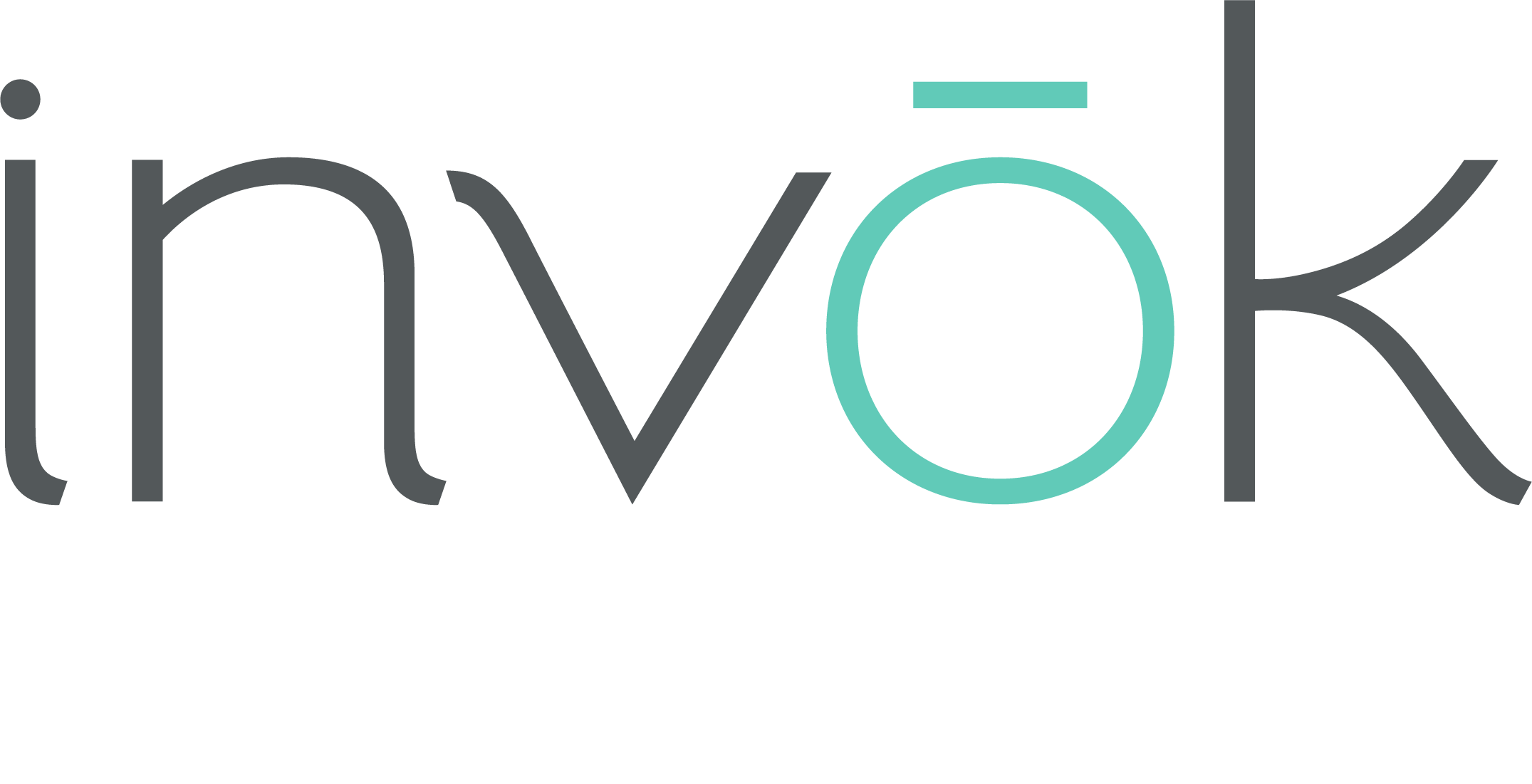The broken brief
Is the brief broken, or do we just like to pretend it is?
Love it or hate it, the brief is a communication tool that has stood the test of time. Project scoping is not always easy, and writing a brief can be burdensome. We empathize.
As with many things in life, the value of a brief is in the eye of the beholder. Our client Daniela Tracanelli sums it up perfectly, “Your perception matters – whether you see writing a brief as a task versus the inception of a high-quality product.”
To learn more about the brief, we asked Invok staff and clients to be honest about their experiences. Here’s what we learned.
It depends on who you ask
Jenny Lyons is an Account Director with Invok Brands. She says that if we share the reasoning behind what the brief asks, we might get better information back. In her role, she needs to give the creative and production teams a rundown of the project, timelines, the capabilities they will use, timing, and the assets to be developed.
“And yes! The brief will change over time,” she says. “Perhaps the scope of work changes, or our client realizes they might need strategic design thinking and not simply an adaptation. Working with the client and our creative team can also help us clarify the brief.”
Invok Brands Design Director, Devon Luxmore, likes to see a clearly defined brief that includes package copy – or something close, communications hierarchy, and format. “Including visual references is incredibly valuable, too,” they say. “The creative team wants to know about the project objectives, the competitive target landscape, and the brand personality to build a great design. In other words, we want to understand the goal before we set to work. “
The brief as a process
We tend to consider the brief to be a one-time exercise rather than an evolving one. But is this the best way to look at it? Our client Daniela Tracanelli says, “I see the brief not as a document, more as a process and a conversation.”
Michael Azulay, Partner and Chief Strategy Officer at Invok Brands, agrees. “This is often missing – conversation – before, during, and after – taking the time to talk about and collaborate on about the brief.”
He adds that there is a significant advantage to the agency and client co-writing the brief. “We can guide and inform our clients about how the brief aligns to the execution process, in other words, how their information helps us get the work done. This collaboration is the best way to achieve a successful outcome.”
Daniela offers advice for clients, “Expand and answer the why questions that are behind the reasons for your ask. The marketer should answer these questions up front. As you go through key points on brief, ask yourself if you need to provide more context for the agency.”
There has never been a perfect brief, and there never will be. It is the nature of the brief to evolve. No client can provide everything at once, and no agency can work in a vacuum. So Invok Brand’s job is to shepherd our clients through the strategic and tactical buckets of the brief and help them dig deeper.
A brief checklist
In the spirit of building better briefs, we have developed a one-page Better Brief Checklist for you. Use this tool to develop or evaluate your briefs before they go out the door. As Dana Tomiczek, Director of Strategy likes to say, “Measure twice, cut once. Take the time now to construct your brief well, and you will create a strong foundation for the future.”


